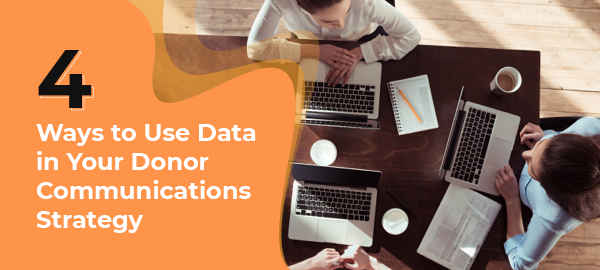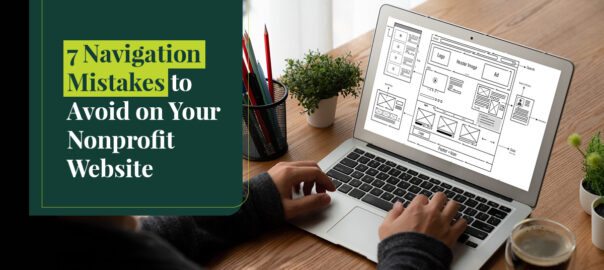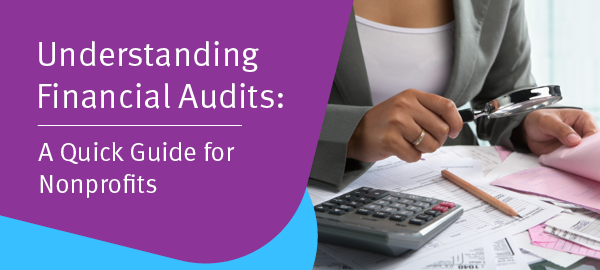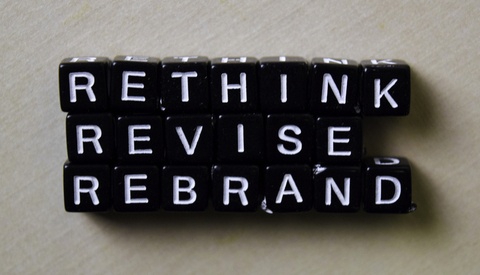Virtual fundraisers have grown in popularity over the last few years for both nonprofits and donors alike. These low-cost fundraisers save you money, increase your ROI, and expand your donor base. Your supporters will be excited for more opportunities to participate in events and contribute to your cause.
Whether you’re hosting a virtual or hybrid event, online-friendly fundraisers are a lucrative, creative way to raise more for your organization. Here are a few fundraising ideas to get you started:
- Read-a-Thon
- Peer-to-Peer Fundraising
- Social Media Challenges
- Matching Gifts
- Text-to-Give
Before embarking on an extensive online fundraising campaign, set goals for your nonprofit. Consider what your target fundraising amount is, what your audience will learn about your organization through the campaign, and how you can create a positive, memorable experience. Let’s dive into five online fundraisers for your nonprofit!
1. Read-a-Thon
Read-a-thons are an excellent avenue for an online educational fundraiser. If your organization is education based or partners with a school, a read-a-thon can help increase literacy among your students while also raising money for your cause.
Read-a-thons are fully online, and raise funds by having students reach out to friends and family for a flat-rate donation. Then, students will read as much as they can over a specific period of time.
To take your read-a-thon online, you can use an online platform, such as Read-a-thons web-based software, to help students, parents, and teachers stay organized. Students will use the platform to log their reading time after every, so family and friends can see updates on their progress, which can inspire secondary donations.
Students, parents, teachers, or supervisors can all access Read-a-thon’s school fundraising software to update student reading times, making this online fundraiser suitable for all ages of students.
To encourage students to participate, you can also offer select prizes based on how much students read or raised. Select the top readers and top fundraisers from each class for special prizes, and offer something smaller for other students to encourage full participation.
2. Peer-to-Peer Fundraising
Peer-to-peer fundraising, also referred to as P2P fundraising by industry experts, is a classic way to encourage your supporters to help with fundraising and expand your reach to new donors. Get in touch with your supporters and offer them the opportunity to raise money for your nonprofit as volunteer fundraisers.
Your ideal volunteers are heavily engaged supporters who would be excited to share their involvement with your nonprofit online and can easily speak to the strengths of your organization. Once you’ve recruited your volunteers, host training sessions to support your volunteers with talking points about your peer-to-peer fundraising goal, mission, and campaign message.
Help your volunteers create their own fundraising pages to share with their friends, family, and personal networks. Encourage them to set a personal fundraising goal for themselves and to reach out to their networks for donations. Some peer-to-peer campaigns even set deadlines for when funds have to be collected to inspire potential donors to act quickly to join the cause.
Here are some channels your volunteers can use to share their fundraising pages:
- Social media
- Email
- Personal Text Messages
- Personal blogs
Your supporters are foundational to your nonprofit, so peer-to-peer fundraising is the perfect way to use their personal experiences to help inform and inspire new donors.
Social media challenges are a simple way to get a variety of donors involved in your fundraising, spread your message widely, and build your organization’s community. Everyone knows the viral ALS ice bucket challenge because it was memorable and raised awareness for the cause for everyone who completed or watched someone else complete the challenge.
Take to your nonprofit’s social media profiles and encourage your supporters to create videos, images, and messages about your challenge to share with their networks. Here are some details to include in your social media challenges:
- Your organization’s mission
- Your goal for the fundraiser
- How the challenge works
- How to donate
After posting your social media challenges, be sure to ask your staff, board members, volunteers, and followers to engage with the post and complete the challenge to help start building momentum. Use the challenge as an opportunity to build a stronger community by inspiring your followers to participate.
4. Matching Gifts
A matching gifts campaign can help supplement other fundraisers and provide continued support long after its initial launch. With a matching gifts campaign, you can increase the revenue from donations already being made without asking your donors to give more!
Many companies offer matching gifts opportunities for their employees. If their employees make a charitable contribution to a registered nonprofit, and submits an application to the company, the company may match a certain percentage of the gift made. Some companies match up to 100% or even double the amount of an employee’s donation.
Encourage your donors to check their matching gift eligibility on your website’s donation page. You can also promote your matching gifts campaign through social media and newsletters to inspire donors to check their eligibility and company policies. Some companies will match a gift months to a year after it’s been made, meaning if you start promoting now, you might start earning extra donations immediately.
5. Text-to-Give
Text-to-give fundraisers utilizes one of the best ways to reach donors on-the-go, mobile messaging. Like other online fundraisers, you can promote it on your social media pages, website, and newsletter to get supporters excited about your cause.
For a smooth campaign, you can use a text-to-give software that allows you to customize your campaign. Snowball’s text-to-give fundraising guide outlines how to optimize the experience for your nonprofit and your supporters:
- Use memorable keywords. Have donors text a short keyword related to your mission to your organization’s number. Long keywords are easy to misenter and can be difficult to remember. For example, READ is far easier to type than, SUPPORTOURSCHOOLREADATHON.
- Use a peer-to-peer campaign. As part of your peer-to-peer campaign, have your volunteers share your donation number with their friends and family to give them another way to donate and spread the reach of your campaign.
- Use simple messaging. People who prefer texts likely also prefer brevity when it comes to messages. Be clear and concise in your text message response and on your donation page.
Texting is a way to casually connect with donors who may be overwhelmed by your volunteer programs or website. Start a text-to-give campaign to offer donors a simple way to contribute to your cause.
Fundraising is all about earning the revenue you need to keep your cause going while spreading the word about your organization, your mission, and your ongoing work. Whether it’s online or in-person, fundraisers are an opportunity to educate your supporters and inspire them to join your cause. Use your branding, powerful language, and online marketing materials to ensure your online fundraising success.
About the Author
Howard Gottlieb
Howard Gottlieb has been a serial entrepreneur for more than 35 years. His latest venture, Read-a-thon, is a novel school fundraising concept that truly shifts the paradigm when it matters most. Read-a-thon replaces in-person bake sales, magazine drives and the like with a contactless method of raising much needed cash, one that can be used both in real classrooms and virtual learning spaces. The real bonus? It promotes literacy and gets kids excited about picking up a book.











